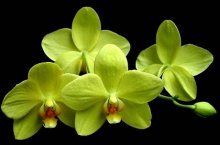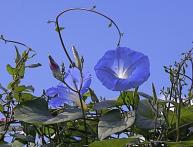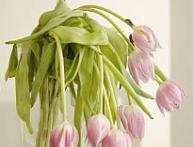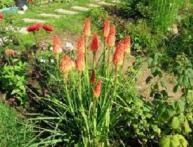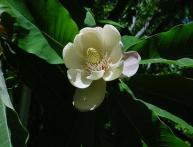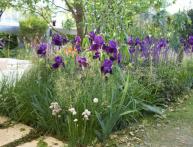Recommendations for caring for an orchid during flowering
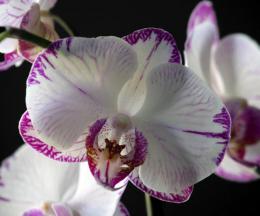
The most attractive and fascinating indoor plant is the orchid. Its varied shape and color can be daunting and difficult to care for.
Many gardeners face various problems during the care process. for the orchid. To avoid them, it is important to properly care for this ornamental perennial plant.
Content:
- Orchid does not bloom: what is the reason
- General rules for caring for an orchid
- What to do when illnesses appear
Orchid does not bloom: what is the reason
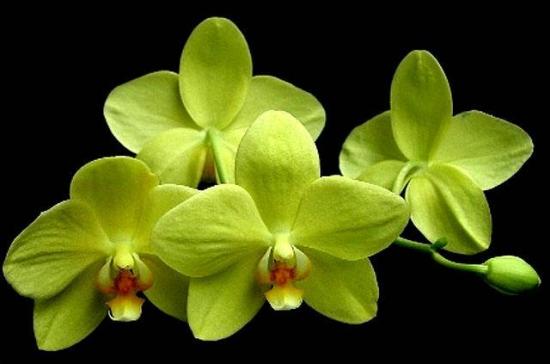
If you take proper and proper care of the orchid, it begins to bloom at the age of 1.5-2 years. Before purchasing a plant, you should ask the seller about its age.
If the age is unknown, it can be determined by the number of leaves formed. A home orchid usually begins to bloom if 5-6 leaves have already formed.
In order for the plant to develop buds, it is necessary to apply a temperature difference between night and day. In this case, the difference should be at least 5-7 degrees.
If after this the plant does not bloom, then watering is reduced or the temperature is reduced to 16 degrees for 2 weeks. Only one of the above methods should be used, otherwise it may negatively affect the growth and flowering of the orchid.
During the flowering period of the orchid, it is also important to carry out care. In order for the plant to please with its magnificent flowers for a long time, it is necessary to care for it as follows.
As soon as the buds begin to form, the plant should be watered generously. When the plant is flowering, the temperature at night must be increased by several degrees.
Plant care should be carried out not only during the flowering period, but also after it. An orchid also requires increased attention after flowering, since the further development of the plant depends on this.
Old flower stalks must be carefully cut off. This is done so that subsequent flower stalks are well formed. Sometimes the interval between flowering is very short. In a short time, the orchid cannot restore its strength.
In this case, fertilizing with mineral fertilizers will be required. They are available for sale in flower shops. The fertilizer must be diluted according to the instructions and all proportions must be observed.
It is not advisable to make a highly concentrated solution, orchid they don't like him. Fertilizing and watering the plant should be alternated.
General rules for caring for an orchid
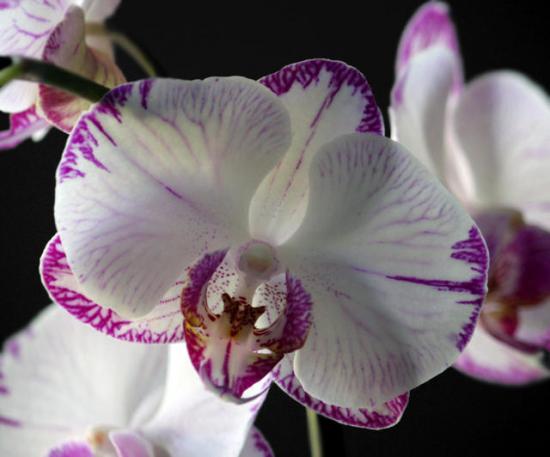
After the entire transplantation process has come to an end, the plant must be watered immediately. To do this, water should be boiled in advance and a certain amount of nutrients should be added. You can use potassium, magnesium or nitrogen for this.
Place the pot with the orchid in the prepared nutrient solution for 20-30 minutes. Further watering Carries out rarely as needed. It is important to ensure that the soil dries completely between waterings.
Lighting plays a key role in the process of plant care. It depends on it whether the orchid will bloom. For the vegetative development of a plant, a lack of lighting provokes the appearance of dark green leaves, and its excess will lead to yellowness or the appearance of brown spots.
When placing the plant on the north side, the orchid will not have enough light. In this case, you should use phytolamps. The best option for plant placement is the east or west side.
The optimal temperature for keeping the plant is 18-27 degrees, at night from 14 to 23 degrees. It should be remembered that watering increases at high temperatures, and decreases at low temperatures.
Video describing a blooming orchid and the secrets of caring for it:
For successful growth and flowering of an orchid, the air humidity in the room should be 60-80%. In summer, the leaves of the plant must be sprayed with a spray bottle. When humidity is low, trays of water can be used.
They can be purchased at the store. It is recommended to fertilize the plant once every 2-3 weeks. For this purpose, special fertilizers intended specifically for orchids are used.
It is not advisable to fertilize in winter and during the dormant period. Constant orchid care will allow you to bloom long and abundantly.
What to do when illnesses appear
If you care for the plant incorrectly and neglect the rules and recommendations, the orchid may get sick. Diseases This flower has a problem, but even this situation has a way out.
It is quite easy to recognize a disease such as anthracnose. It is caused by various types of fungi. Dark red spots with small black dots are observed on the leaves of the plant.
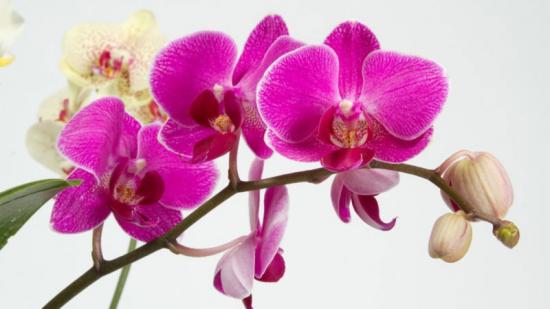
To avoid further damage, these leaves should be trimmed and sprinkled with ash or crushed coal. For this disease, the plant is treated with a special solution containing copper.
If the leaves and shoots of the orchid are covered with watery brown spots, this indicates damage to brown rot.
If the damage is minor, the damaged areas should be cut off and sprinkled with ash. Treat the entire plant with a special copper-containing preparation.
If the plant begins to turn black, and the shoots and roots die, then the reason for this is a very low temperature. In this case, it is difficult to cure the orchid.
If there is high humidity in the room, rot may appear on the shoots of the orchid, and spots may appear on the leaves. Affected leaves are cut off and disinfected. The room should be ventilated very often.
If the orchid has stopped growing and orange spots appear on the leaves, then it is better to get rid of the diseased plant.
This is an advanced stage that cannot even be treated. During the treatment period, it is better to place the orchid separately from other plants so that the disease does not spread and on them.
If within 7 days after pruning the orchid, spots do not appear on the leaves, then it can be placed next to other plants.
Yellowness on the leaves may appear due to freezing or hypothermia of the plant, insufficient or excessive watering, poor lighting or sunburn.
It is important to timely and efficiently care for such a capricious plant as an orchid.
Interesting information about the vegetable garden

